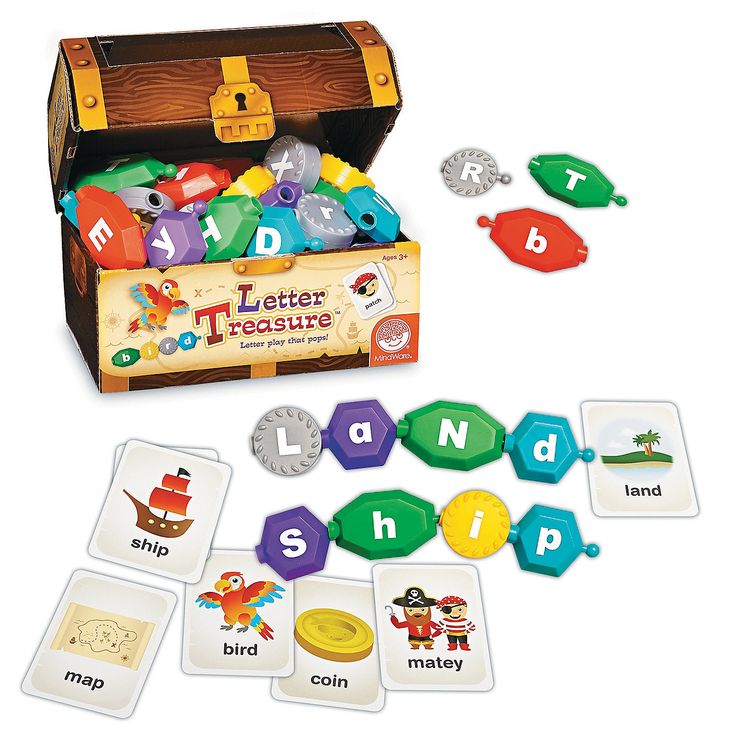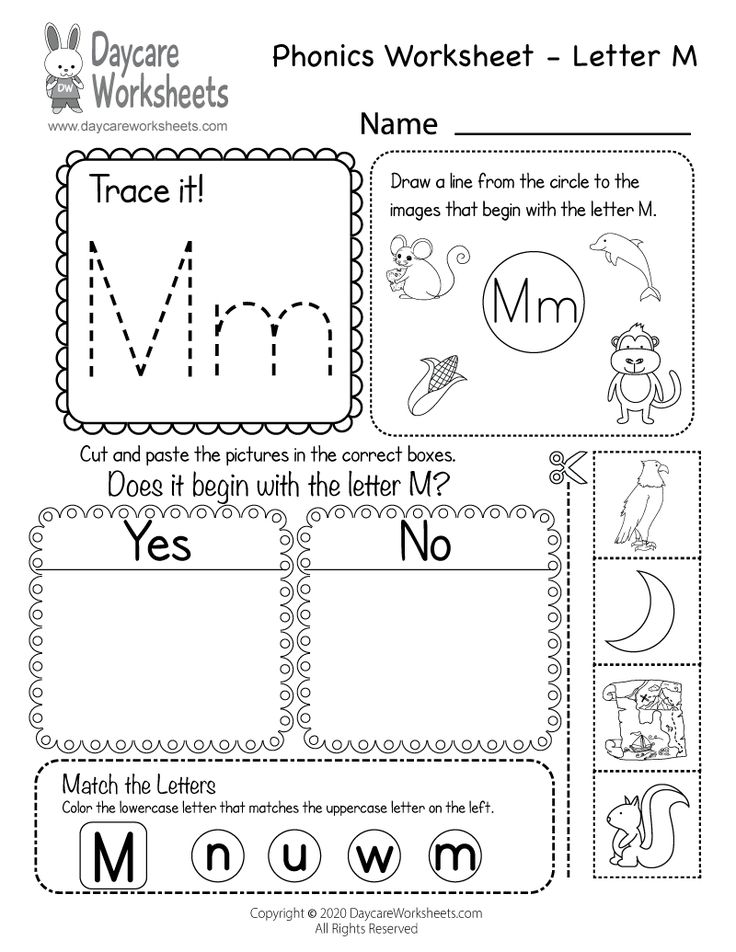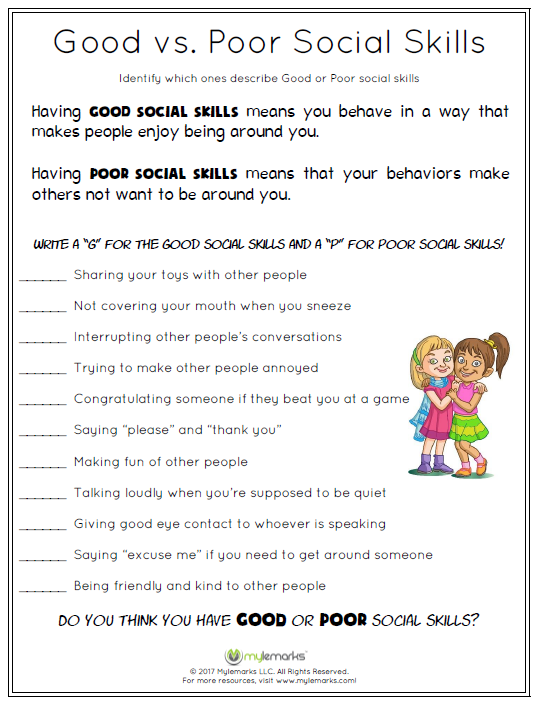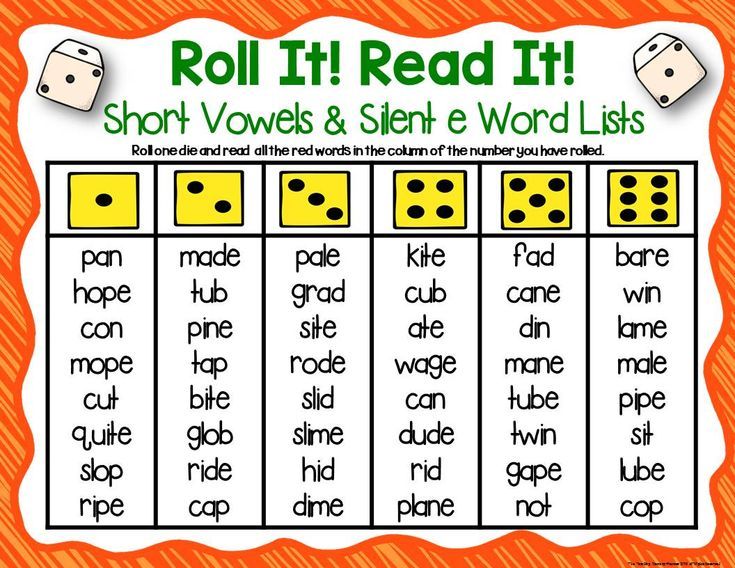Making reading fun
13 Ways To Make Reading Fun For Reluctant Readers
While some students have a natural love for reading, other children may find it difficult—or just plain boring.
Many young children struggle with reading, whether it’s because they are missing foundational skills or they have trouble sitting down with a book for longer periods of time.
But just because your child is a reluctant reader doesn’t mean he or she can’t learn to enjoy it.
Making Reading Fun At Home
Getting your child to read doesn’t have to be a daily battle.
There are a number of ways you can make reading more enjoyable for your child, and help turn your reluctant reader into a bookworm. And by learning to make reading fun, your child can develop a of love for reading that will last a lifetime.
Check out these 13 tips for making reading fun (instead of frustrating) and start making reading more enjoyable for your child.
13 Ways To Make Reading Fun For Your Child
- Pick the right books
- Read aloud
- Act out the story
- Encourage all forms of reading
- Choose books about his or her interests
- Create a reading space
- Make connections between books and life
- Let your child choose
- Listen to audio books
- Start a series
- Have “reading hour”
- Take a trip to the library
- Teach reading strategies
Making reading fun starts with selecting a book your child will enjoy reading. Ask your child what kinds of stories he or she likes reading best (Adventure? Fantasy?) Make a list of books in these categories and use it to help your child choose what he or she will read next.
Reading aloud with your child can add a bit more excitement to any book. Make the story more fun by using different voices for each character and an expressive voice for dramatic parts. You can also take turns reading aloud together, choosing a character you will each provide a voice for.
Help your child bring some extra excitement to reading by using his or her imagination. Have your child draw pictures of what he or she is reading, act out the scene, put on a character puppet show, or make up alternate endings.
Reading doesn’t always have to mean picking up a book. Magazines, graphic novels, and newspapers are other great reading materials that feel less like “work” to your child—but they still help your child practice and improve his or her reading skills.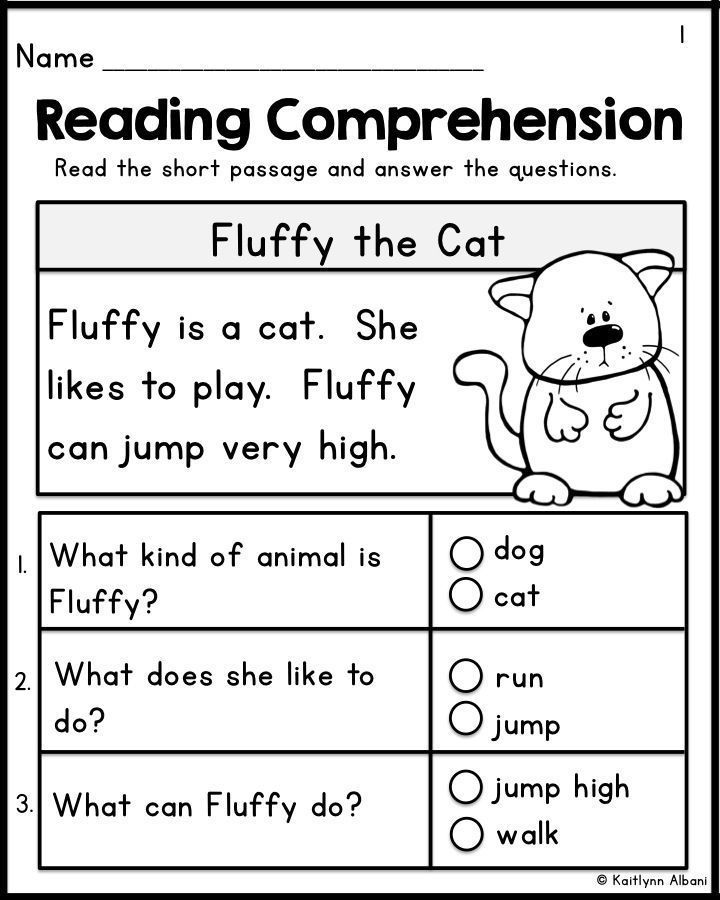
Reading something your child enjoys makes reading less of a chore and more of a fun activity he or she will want to do. Help your child choose books that are related to his or her interests—whether it’s sports, animals, dinosaurs, or something else.
Make a reading area or fort where your child can read and relax on his or her own. Add blankets, pillows, and a variety of books, and your child will have a reading corner where he or she can read a book whenever the urge to read hits.
Make connections between what your child is reading and your child’s own experience. Read adventure books before you take a camping trip, dinosaur books before you visit a museum, and so on. This will help make reading (and learning) more exciting for your child.
Let your child choose what book he or she wants to read. Giving him or her a choice helps your child feel like he or she has more control, so your child will be more excited to sit down with the book he or she has chosen.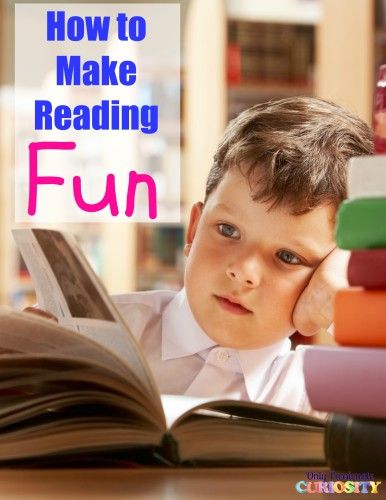
For children who find reading frustrating, audio books are a great alternative to help make reading more enjoyable—while still helping your child improve his or her comprehension skills.
Book series are a great way to keep your child’s interest in reading high and eliminate the problem of figuring out what to read next. Another option is reading multiple, non-series books written by the same author.
Each day, schedule reading time for your child to sit down and read a chapter of a book. During this time, talk to your child about what is happening in the book, what his or her favourite part was, and what he or she thinks will happen next.
The library is a great resource where your child can find lots of books to read. Take advantage of the selection at your local library by letting your child pick choose a book (or two!) that catches his or her attention.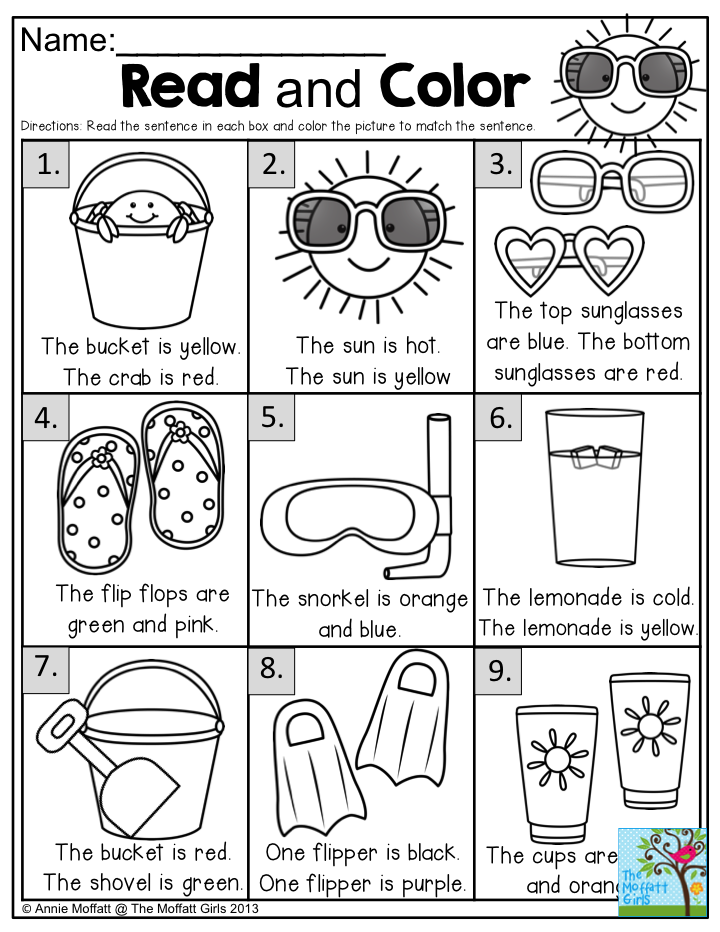
Many children dislike reading simply because they don’t have the necessary reading skills. If your child avoids opening a book at all costs, talk to his or her teacher about strategies to help develop reading motivation. Once you have some tips to try, work with your child to build reading motivation together.
If your child needs help developing his or her reading skills, we can help! Contact a location near you to learn more about our programs.
50 Ideas for Making Reading Fun for Struggling Readers
Children who struggle to read might avoid reading. Some might even hate to read. Parents might feel like they have to fight with their children to get them to open a book and read their nightly minutes. While most children are assigned reading minutes each week for homework (parents might even need to sign a binder affirming their child has read), the feeling that books are homework could add to the lack of literary appeal.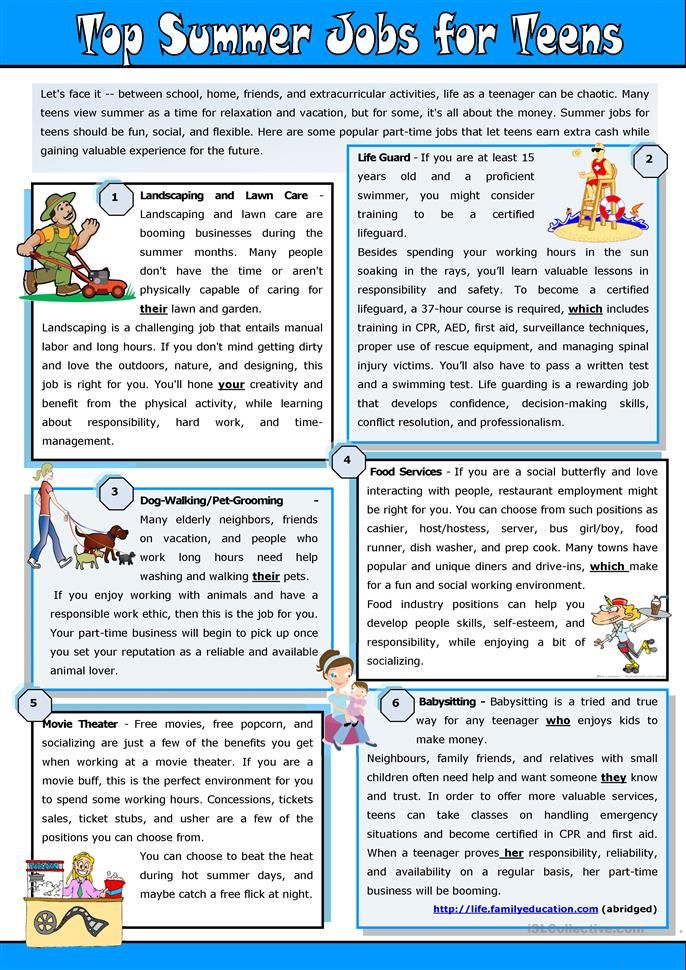
Reading doesn’t have to be a fight, a battle or an argument. And those books can even be fun! Stop stressing, parents! Here are 50 ideas for making reading fun for struggling readers! Try some, try them all…and stick with what works for your child!
- Stop the clock. Instead read with kids. Alternate pages with children. But parents can peek at the clock to ensure that kids hit about half an hour. The difference is that kids can’t know that the reading is being timed.
- Read a book of funny poetry. All books count.
- Build a reading fort. An easy way to do this is by placing two chairs with the backs facing inward (towards each other). Then drape a blanket over the chairs.
- Adopt a reading friend. Maybe this is a new stuffed animal. Or a favorite stuffed animal or toy. Let children read to their friends.
- Read to a pet. Or sign children up to read to the pets at a local animal shelter (some offer this type of program).
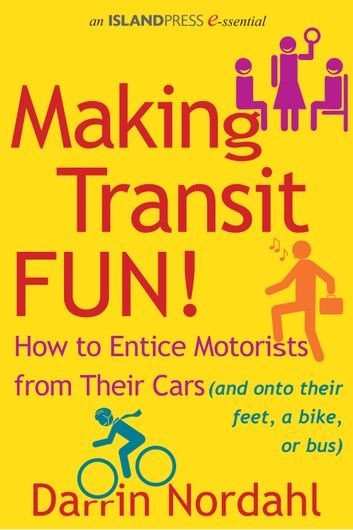
- Cook a recipe for a food from the book.
- Or serve up a reading-centric snack. Check out these tasty ideas from Reading Rewards.
- Listen to a book on tape while reading.
- Watch the movie after reading the book. Some books were transformed into movies. Check out the site Imagination Soup to find out if a child’s favorite book has a movie version.
- Make a special bookmark to use when reading. This can even include ‘wh’ questions to think about while reading.
- Or buy a bookmark to use while reading! Bookstores offer many cool bookmarks. Let the child pick their special bookmark.
- Younger children can visit the library for storytime to hear books read aloud.
- Sign a child up for a library card. This is a childhood rite of passage!
- Let children choose their books from the library.
- For birthdays, take children to a bookstore to pick out a special new book.
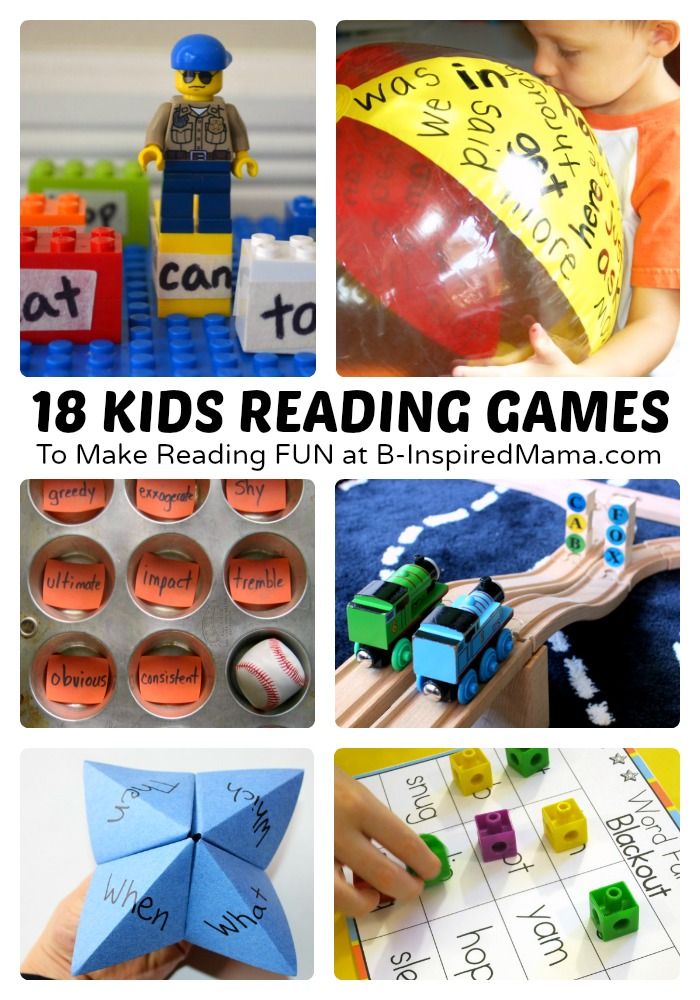
- On a budget? Head to a thrift store to let children pick out a new book. Thrift stores often have a great selection of used books…at really cheap prices!
- Make a reading craft after finishing a book. This can be a shoebox diorama or even Popsicle stick puppets.
- Encourage children to write their own book or story. Bind the book with staples. And don’t forget to let them make their own colorful cover.
- Visit the school’s book fair for new books.
- Let children write a letter to their favorite author. Many send replies!
- Inquire about fun reading events or clubs at the school. Some might participate in reading programs that let children earn prizes or even a free kid’s meal at restaurants.
- Sign up for the summer reading club at the library. Some offer prizes and/or reading club activities.
- Download reading apps that are also games. Let children play and read.

- At home, let children see parents reading.
- Read together as a family. Turn off all devices and schedule a family reading time.
- Or start a family book club. Everyone reads the same book!
- Create ‘reading rewards’ at home. Every time a child finishes a certain number of books, they earn a prize. Parents also could reward children with coupons that they can turn in for certain privileges.
- Praise children for trying when they read aloud…even when they make mistakes.
- Be mindful of a child’s reading level; sometimes if children read books that are too hard, it might be more of a struggle…and less fun.
- For books that are beyond a child’s level, parents can read aloud to them.
- Have a child make a list of their hobbies and anything they enjoy…and use the list to help them find books at the library or at stores.
- Encourage children to make a disinterested list, too.
 Have them include books they didn’t like and why. Talk about it.
Have them include books they didn’t like and why. Talk about it. - Take a reading field trip. Visit places from or linked to the story or the book.
- Help them understand reading strategies that can help them as they read. Strategies can include re-reading text or chunking text to make it easier to comprehend.
- During the holidays, read some favorite holiday stories. Make it a yearly tradition.
- Let children read comic books.
- Graphic novels count, too!
- When reading to younger children, make the stories come alive with fun voices and action!
- Parents might even encourage children to act out the story.
- Use e-book readers and download books onto devices (some children might prefer reading on screen).
- Make a reading comprehension ball with a beach ball. In each section write a question or prompt related to the plot (keep it basic).
 Toss the ball back and forth with children. Encourage them to answer the question that lands face up.
Toss the ball back and forth with children. Encourage them to answer the question that lands face up. - For children who love art, encourage them to draw a scene from the book. Then ask them about it.
- Give children a reading break. Have they read for the week? Give them a day off.
- Create a family recommendations list. Have each family member write their list of favorite books (keep them age appropriate). Each individual can choose a book from someone else’s list. Make this a monthly tradition.
- Set family reading goals. Maybe children really want to read five books each month. Create fun reading challenges and goals for the family. Then decide what the reward will be…maybe a dinner out as a family, a trip, a movie, etc.
- Create a family reading space. Instead of just one small space for each child, build a cool reading space for the family. This can mean bringing out all the pillows and blankets. Then hang out and read together.
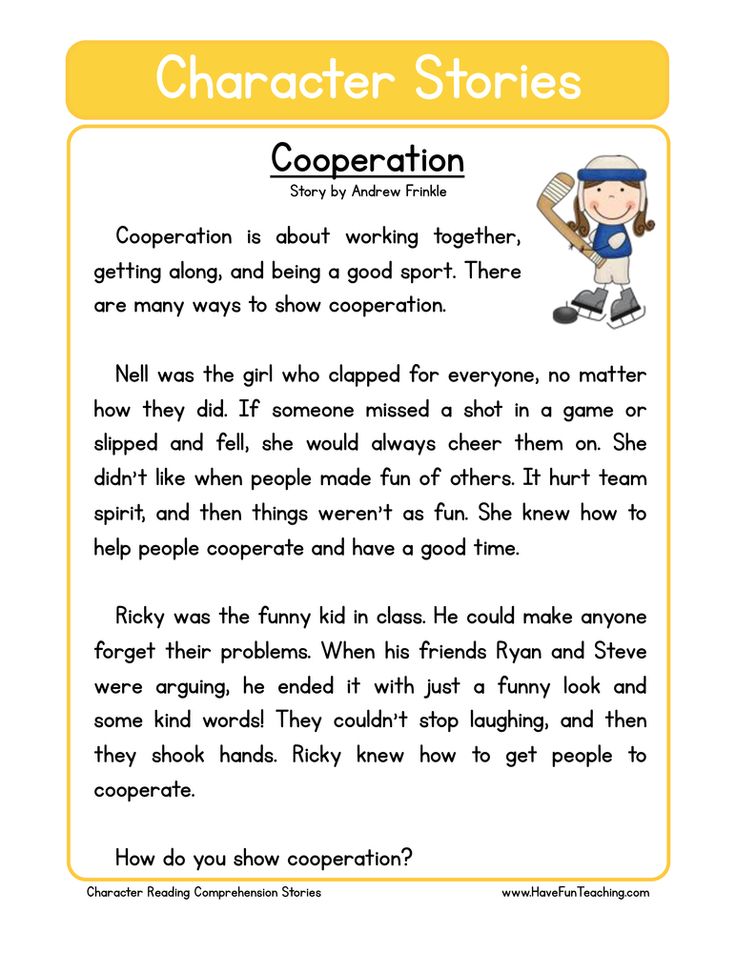
- Start a reading routine. Is there a time when reading regularly happens? If not…make that time. And make that time something special.
- Try to be there for a child during reading time…in case they need help. Make sure they understand that they have support.
- Mix in wordless books. Yes, there are books with only pictures. Now let the child tell the story!
- Finally…parents…stop NAGGING! Sometimes children hate reading because parents turn it into a chore. Be positive!
Using Reading Apps to Help Struggling Readers
Reading apps like Readability also can help children find the fun in reading. When children struggle, they may view reading negatively. Programs that can help them build confidence and proficiency might also help them understand that reading can be fun…and entertaining.
Reading apps offer different structures and might provide different types of stories and lessons. Readability, for example, can help children who struggle with both proficiency and comprehension.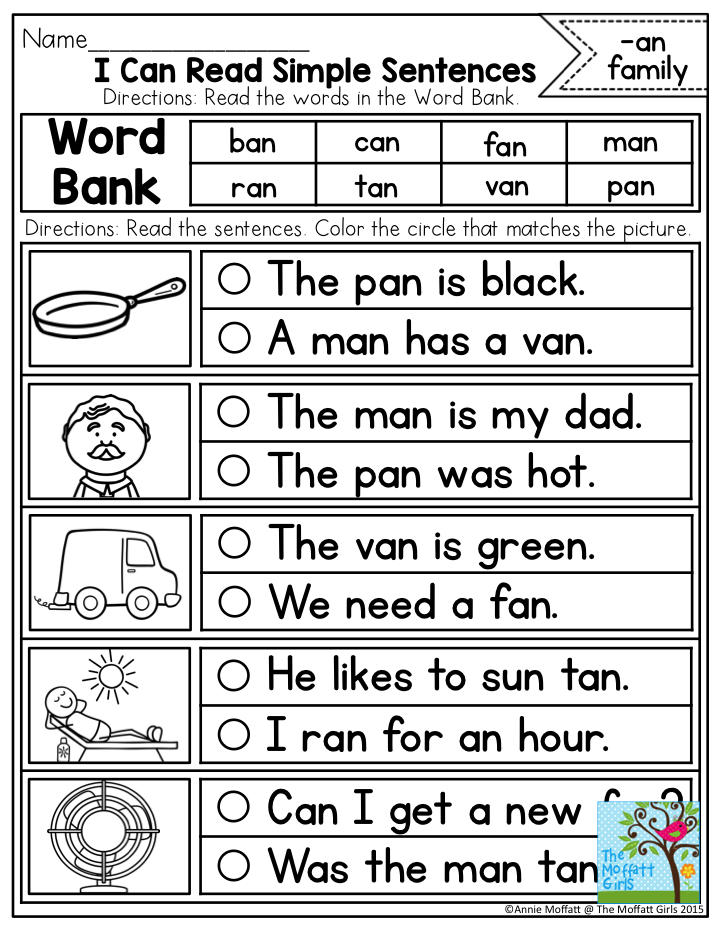 The program features a built-in AI tutor that serves as the instructor for lessons.
The program features a built-in AI tutor that serves as the instructor for lessons.
With Readability, children read aloud and the tutor learns to recognize the child’s voice. When a child stumbles on a word, the AI tutor will help them correct their mistake. At the end of each story, children will be asked questions by the AI tutor. These questions are focused on a child’s comprehension of the story. A child can only advance to a more difficult reading level if they demonstrate proficiency at their current level.
When parents sign their child up for Readability, they can set their child’s reading level so that lessons are the perfect fit. The program also can help parents determine their child’s reading level, too.
Reading should be fun, even when a child is using a program for enrichment or to help ease their reading struggles. Readability offers colorful illustrations and interactive features to keep children engaged in each book or story.
For parents, program efficacy is important. When a child is struggling in any subject, parents want to know that the resources their child is using provides a benefit. Readability provides parents with their own resource within the program; the Parent Dashboard displays all the reading data associated with their child. On the Parent Dashboard, parents can see how long their child used Readability, how many words they are currently reading per minute, their child’s current reading level and more.
When a child is struggling in any subject, parents want to know that the resources their child is using provides a benefit. Readability provides parents with their own resource within the program; the Parent Dashboard displays all the reading data associated with their child. On the Parent Dashboard, parents can see how long their child used Readability, how many words they are currently reading per minute, their child’s current reading level and more.
For families that have multiple children who are struggling with reading, parents can use one Readability subscription for up to three children. That means that one price per month can cover three readers. And parents can see data for each child.
Parents can try Readability for free for seven days to better understand the program’s features and to let children explore the stories. Ready to try Readability? Sign up for a free trial today!
Six Ways to Make Reading Interesting - Child Development
For some children, reading is very difficult, tiring and not at all fun. Therefore, in order to interest a child in reading, parents need to show ingenuity, as well as turn to the experience of other parents and teachers, which will help achieve the desired goal.
Therefore, in order to interest a child in reading, parents need to show ingenuity, as well as turn to the experience of other parents and teachers, which will help achieve the desired goal.
Among all the tips and tricks on how to turn reading into an exciting activity, we have identified six of the most effective.
Option #1: Read the Right Books
Nothing reduces motivation to read more than a child trying to read, say, a Dostoyevsky novel instead of a book like The Kid and Carlson Who Lives on the Roof by Astrid Lindgren , more appropriate for his reading level.
Make sure that your child reads books that really suit him, and not books that are too complicated, which can cause internal tension and discourage him from opening a book for years to come. In order to choose the right books for your child, use the simple "Rule of Five Fingers". Remember: the extreme complexity of the book is equal to the demotivation of the child.
Method #2: Give Children the Right to Choose a Book
Children love the feeling that they can make a difference in their lives. So if you're heading to a children's bookstore or children's library, let your little one load all the books they're interested in into the basket. This approach will encourage the child to open the most attractive book for him as soon as he comes home and immerse himself in its fascinating world with interest.
So if you're heading to a children's bookstore or children's library, let your little one load all the books they're interested in into the basket. This approach will encourage the child to open the most attractive book for him as soon as he comes home and immerse himself in its fascinating world with interest.
Way #3: Go beyond regular books (use audio and e-books)
Did you know that listening to audiobooks also counts as reading? Yes, this is aural comprehension that is not related to visual recognition of letters and punctuation marks, but this way of reading is also useful, and here's why: it allows you to replenish vocabulary and gain knowledge on various topics, including literary devices and literary turns. And the best thing about this is that the child is much less tired and more focused on the story itself, which helps him feel the magic of this exciting activity. And that's the key to loving reading.
Also, don't forget to read books with electronic devices such as e-readers or tablets.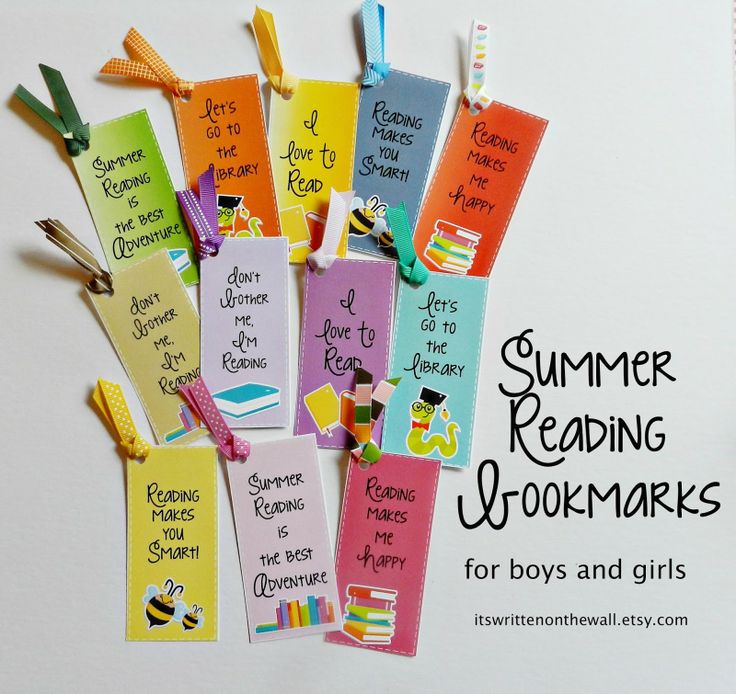 Because many children are mesmerized by the latest technology, high-tech devices can make reading very tempting.
Because many children are mesmerized by the latest technology, high-tech devices can make reading very tempting.
And finally, remember about children's magazines with a minimum amount of text and a maximum number of illustrations. Do not forget that this is also reading, or at least a powerful springboard to it.
Method #4: Create a fabulous reading space in your home
Create a reading space in your home that your child will want to spend as long as possible. For example, a small tent, carpets with oriental patterns, lamps inviting you to a fairy tale, pillows in patterned covers, posters with fairy-tale and cartoon characters, as well as a shelf with your favorite toys. Create an atmosphere of fairy tale, celebration and entertainment, and then put a book in the center and start reading with intonations that match the created atmosphere. The story continues. The child is immersed in the fairy-tale world of stories.
Option 5: let your child be a little naughty
To make reading a child feel at ease and feel some benefits, try allowing him the following types of indulgence: .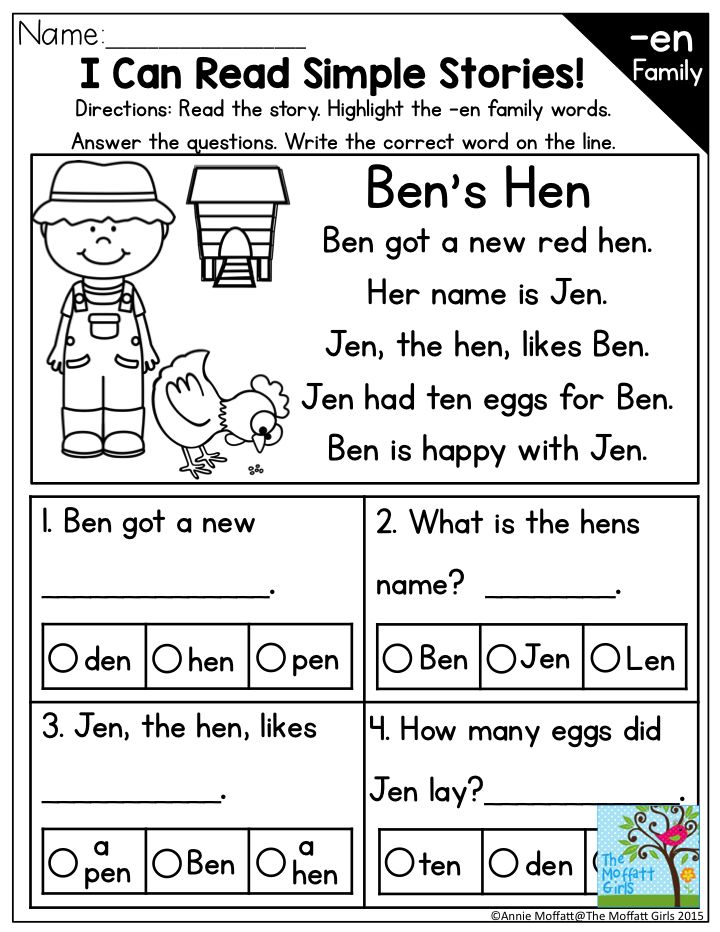
Rule #6: Don't Ignore Your Child's Difficulties
If your child needs help with reading difficulties, be sure to help them. Perhaps the child needs to be tested, visit an optometrist, invite a tutor - whatever. Do not wait. Hurry up to help your baby overcome difficulties that should never be shelved. After all, if you do not defeat them, they will only get stronger. Therefore, having received the help of the right specialist, you will remove the obstacles that prevented the child from enjoying such an exciting activity as reading, and give him a whole world and a good skill that will be useful to him all his life.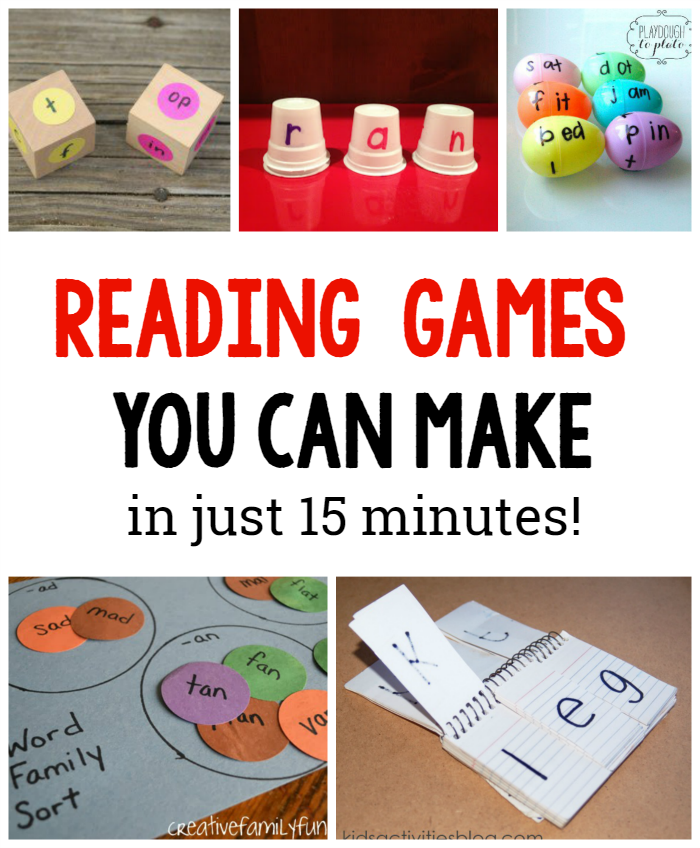
Believe me, parents can turn reading into a fun and exciting activity that will open up new horizons for children and stay with them forever. It's achievable! You just need to try and ask for help if necessary.
How to make reading interesting for a child
It may seem that since babies cannot speak, then reading is of no use to them. However, studies have shown the importance of reading for very young children, writes in his blog on H uffingtonpost co-author of Reasons to Read Curt Wootton.
Why do children ask to read the same fairy tale
The main thing we do is read together every night before bed. Sandra can always choose whether to read with her mother in Spanish or read with her father in English. We've been doing this since she was born.
For the past 23 years, I've been teaching students and teachers how to make reading fun and exciting. Here are some ideas to turn reading into an interactive journey.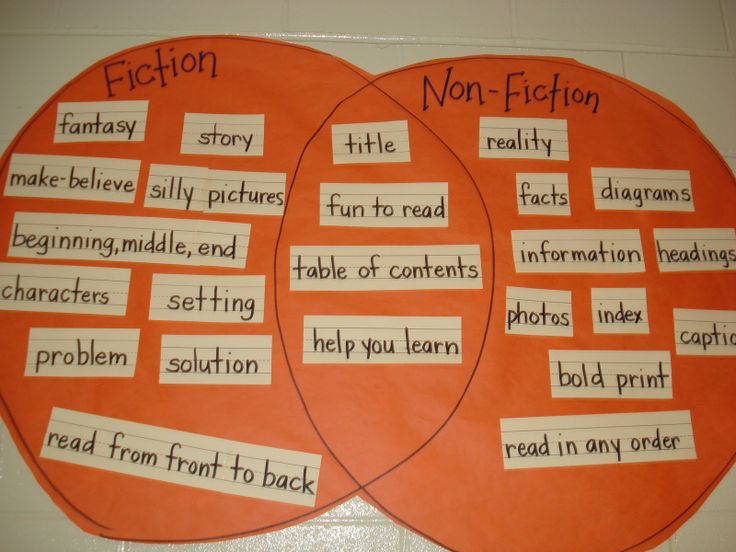 I have used them successfully with my 3 year old daughter Sandra.
I have used them successfully with my 3 year old daughter Sandra.
Building
Some kids love to sit and listen to stories, but all kids get impatient sooner or later and have to do something. Maria Montessori wrote: "Hands are the instrument of the human intellect." Many books inspire building things in the real world. In the book Roxaboxen, a girl named Marian transforms the hill in front of her house into a city, using only natural objects and the help of friends. Sticks and stones are all you need to start building your own city with your kids. There are books that allow us to dream of our own special home that would fit our personality. With pencil and paper, cardboard or blocks, children can invent their own houses.
Write down
It happens that members of the same family live in different places. We live in Mexico, and Sandra's grandparents are in the United States.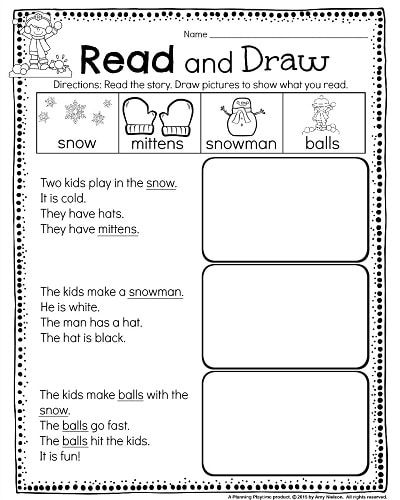 My mother herself writes down readings and songs from different books and sends them to me. I've made a playlist of my mom's readings in iTunes and I'm putting the related books on Sandra's coffee table. Sandra always insists on listening to all the recorded books in one sitting. She loves getting these little gifts from her grandmother and it's great that they can arrive in Mexico instantly - via email.
My mother herself writes down readings and songs from different books and sends them to me. I've made a playlist of my mom's readings in iTunes and I'm putting the related books on Sandra's coffee table. Sandra always insists on listening to all the recorded books in one sitting. She loves getting these little gifts from her grandmother and it's great that they can arrive in Mexico instantly - via email.
Looking for
Goodnight Moon is a book for all time, and here's why: kids love looking at things. Many children's books are full of objects, people, and animals in colorful landscapes (check out the books illustrated by Graham Baze and Jimmy Liao, for example). We often interrupt the story, and I ask Sandra: “How many birds are in this picture?” or "Can you find the monster?" Such simple tasks help her build a relationship with the book, and then, when she wants, she opens the book and searches for items herself - the first steps on her path to becoming an independent reader.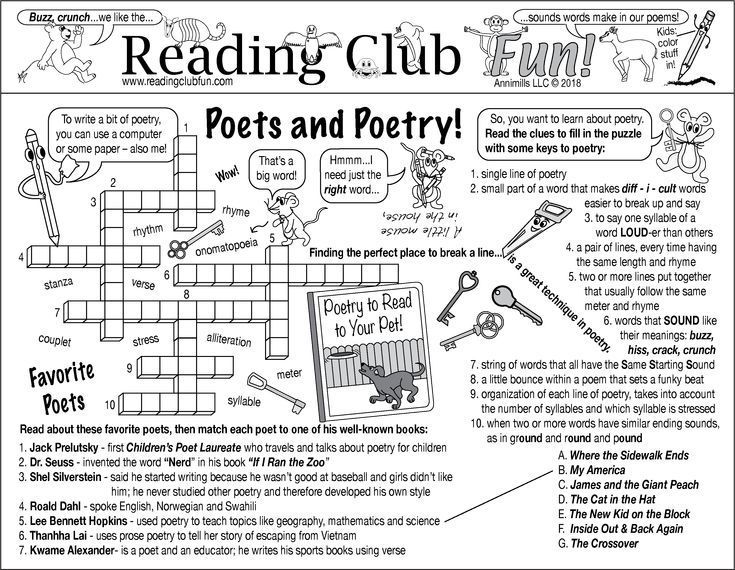
We carry out
I often run workshops for teachers on how they can present books to children. One of my favorite books for this is Where the Wild Things Are by Maurice Sendak. I will do the same with Sandra. We make our way through imaginary trees with Wild Beasts. We dance wildly. She climbs on my back when we parade.
Improvising
Actually, it's the daughter's idea. One day she gathered all her toy musical instruments on the table. Then she handed me a book and asked me to read it. She herself ran around the table and took the drumsticks. While I was reading, she played all the instruments, creating the soundtrack for the story.
We organize
Tidying up isn't the most creative way to interact with a book, but it's certainly important. At the end of the day, when everything has been read, played and built, we put the books to bed in plastic boxes.




